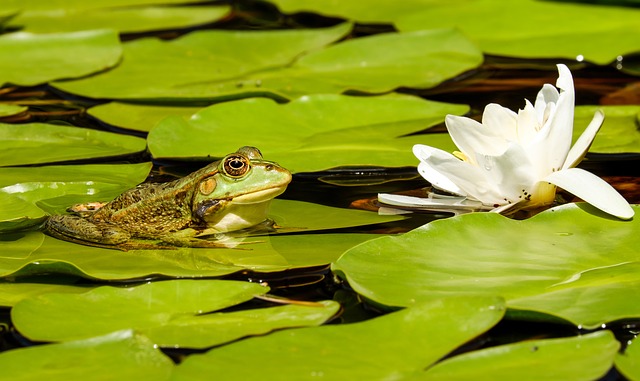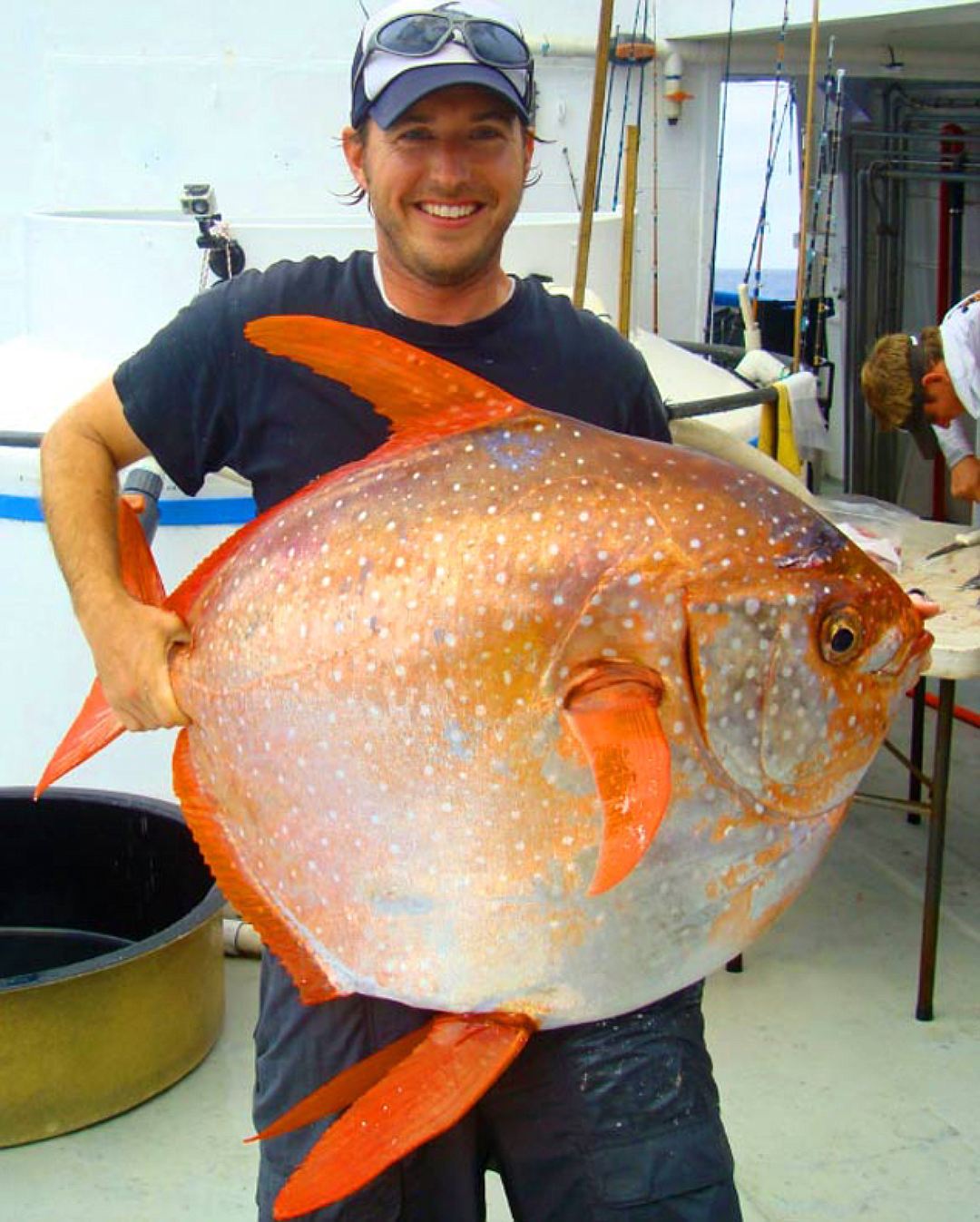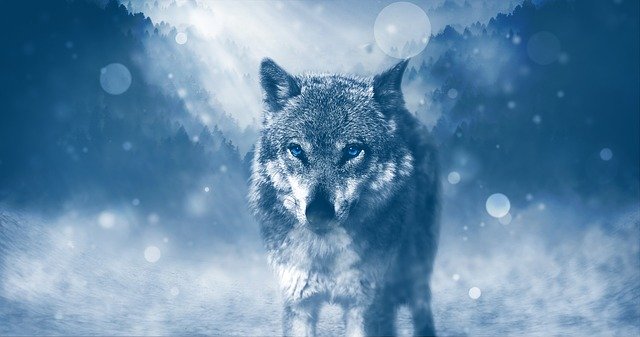You may find that some animals including birds and mammals can live across wide places on Earth, from the hot tropical climates near the equator to the freezing snow-clad mountains. On the other hand, not all animals, such as many reptiles, insects, fish, amphibians, invertebrates can survive in all climates. So, what is the major difference between them?
The defining quality here is called as “Thermal Homeostasis” which means, the ability of the body to regulate its body temperature. Warm blooded animals can keep their body temperature constant irrespective of the external temperatures whereas the body temperature of cold-blooded animals changes with the external environment.
What are cold-blooded animals?
Cold-blooded does not mean that the organism has cold blood, it means that the body temperature of the organism changes according to the varying temperature of the surroundings that it is in. Hence, unlike warm-blooded animals, most of the heat is not obtained from the food they ate, rather they get it directly from the surroundings. This explains why cold-blooded animals need to eat much less as compared to warm-blooded animals.
You may often see cold-blooded animals like snakes, lizards and frogs basking in the sun. Most of the insects too, warm up their bodies in the early morning sun before starting out. Cold-blooded animals are most active in warm environmental temperatures and their activity becomes sluggish at colder temperatures.

Another contrasting difference between warm and cold-blooded organisms are their immune systems. Cold-blooded animals do not have any specialized immune system to fight infections. When they are faced with a pathogen that could cause a disease, they lower their body temperature. At this lower temperature, it becomes impossible for the disease-causing microbe to grow and multiply, hence it does not infect its host.
What are warm-blooded animals?
Warm-blooded animals usually maintain their body temperature between 35 to 50̊ Celsius. They do this by converting the energy they gain from food into heat. In order to keep up this heat requirement of the body, these organisms need a constant and high supply of food.
Unlike cold-blooded animals, the warm-blooded animals provide an ideal temperature for microbes to grow and multiply. Hence, they require a specialized immune system to ward off infections. It is important to note, however, that when humans get infected one of the first responses is fever; which is the increase in body temperature to kill the invading pathogen by providing it with unsuitable temperatures
Do You Know?
The Opah or Moonfish is the only warm-blooded fish that circulates heated blood throughout its body.

Examples of warm blooded and cold blooded animals
List of warm blooded animals
Dogs, Cats, Horses, Sheep, Deer, Peacocks, Chickens, Crows, Ostrich, Whales
List of cold blooded animals
Snakes, Crocodiles, Ants, Bees, Lizards, Turtles, Salmon, Pomfret, Jellyfish, Spiders
How do warm-blooded animals regulate their temperatures in extreme climates?
On a hot day, you may see a dog with its tongue out, sweating and panting, to regulate its body temperature. Elephants maintain their temperature by sweating through their ears. In cold conditions, one sees shivering. Some animals like bears have a lot of fur to keep them warm, seals and whales have a layer of fat called ‘blubber’ which keeps them warm.
What is hibernation and aestivation?
You may have heard that some animals like bears hibernate. What happens during hibernation? In climates which are very cold and food availability is low, it becomes more convenient for the animal to ‘sleep’ through the winter. Such animals lower their metabolic activity, thus decreasing their body temperature and activity. During this period, the body uses reserved stores of energy. During suitable climate like in the summer months, these animals resume their activity. On the contrary, some animals show the phenomenon of “Aestivation’ which is dormancy during the summer months. This is shown by some species of insects, fishes and amphibians in response to the increasing temperatures.
What will happen to these animals with increasing temperatures due to global warming?
There have been rising concerns made about the eventuality of cold-blooded animals and global warming. Scientists have claimed that it will be increasingly difficult for cold-blooded animals to survive the increasing temperatures.
Did You Know?
1. Cold blooded fishes swim to deeper and hence warmer areas of the oceans and seas to keep themselves warm.
2. Since Dinosaurs were reptiles, they have been thought to be cold-blooded. But, due to increasing research linking their metabolic rates and sizes they have are now being said to be intermediate between warm and cold-blooded animals.
3. When sea turtles lay eggs, the temperature of the surroundings determine whether the eggs will hatch into males or females.
References
http://coolcosmos.ipac.caltech.edu/image_galleries/ir_zoo/coldwarm.html
https://biodifferences.com/difference-between-cold-blooded-and-warm-blooded-animals.html
Read more Articles from Life Sciences
1. Read the Most Searched Google Question and Answers about Tardigrades! – What do tardigrades eat on the moon? Can tardigrades die? Are Tardigrades dangerous?
2. Read about the The Secret Lives of Tardigrades
3. Read the Top 10 Interesting Facts about Tardigrades
Photos, Vector Graphics & Illustrations Credits
Pixabay: 1 million+ Stunning Free Images to Use Anywhere
Pngtree: Millions of PNG Images, Backgrounds and Vectors for Free …
About Author
Saunri Dhodi Lobo is pursuing M.Sc in Life Sciences with specialization in Neurobiology. Her interests include writing poetry, going for nature walks and swimming. Currently she is involved in research on Alzheimer’s Disease in fruit flies.
Read all Articles by Saunri Dhodi Lobo

